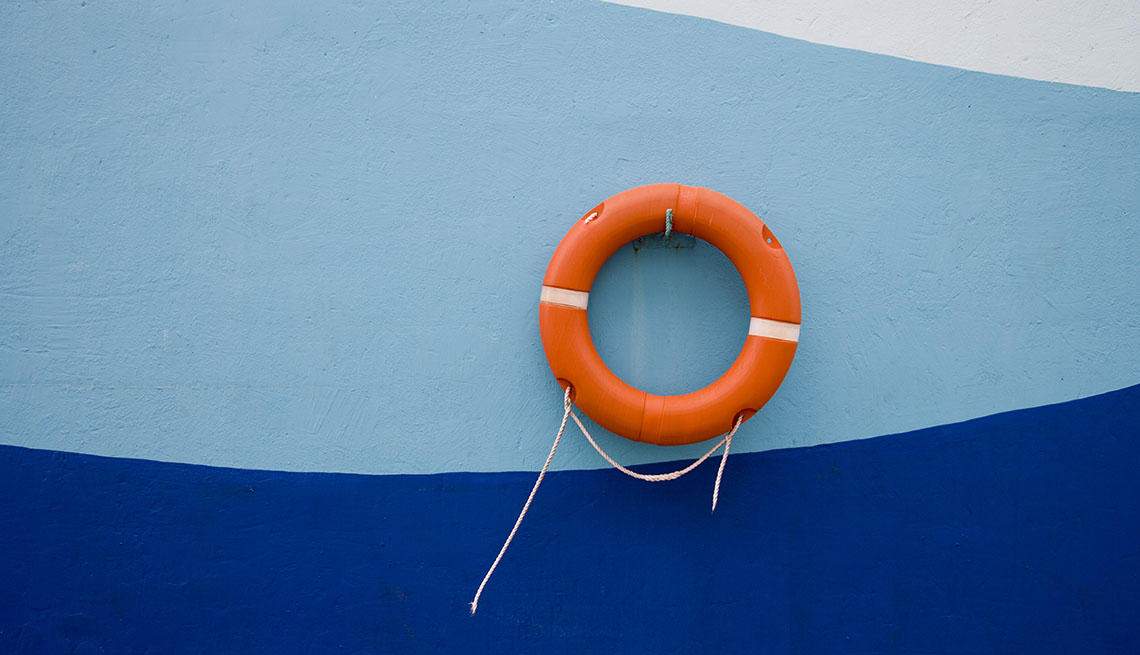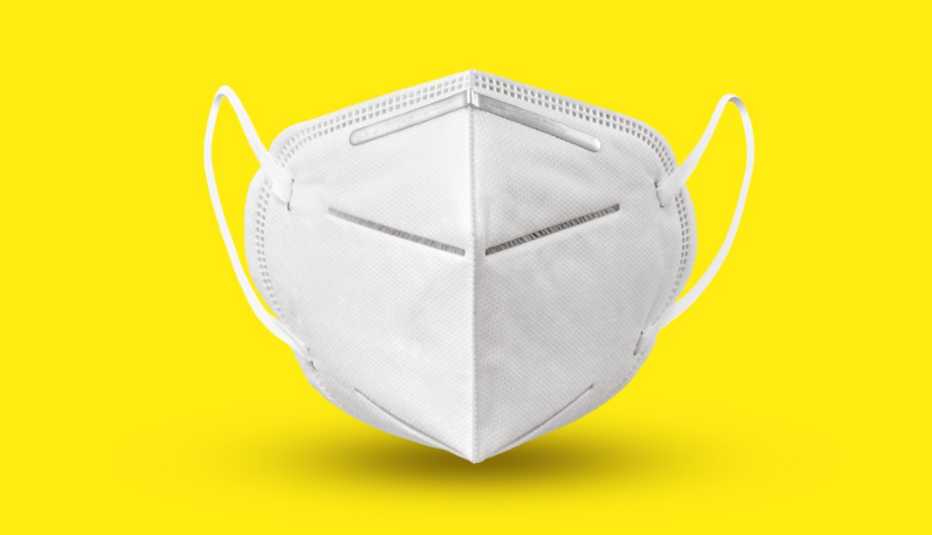AARP Hearing Center
Concerns over the spread of COVID-19 have loomed over the travel industry for the last three years, but with the public health emergency coming to an end and a robust menu of preventive tools and treatments available, many of those fears are fading.
A new AARP survey shows 81 percent of adults 50-plus who plan to travel in 2023 believe it’s safe to do so now, up from 77 percent in 2021. And while interest in cruising is down slightly among the 50-plus population this year compared to last, a recent AAA survey finds that, overall, the share of travelers considering a cruise vacation in 2023 is up.
However, the return to the skies and seas does not mean COVID-19 is no longer a threat.
“Indoor densely populated places where we’re exchanging exhaled breath with one another is still going to be a concern for me,” says Wilbur Chen, M.D., adult infectious disease physician and director of the University of Maryland, Baltimore Travel Medicine Practice.
That concern isn’t limited to COVID, either. Flu spreads in a similar way, Chen points out.
It’s important to note, though, that since the start of the pandemic, many cruise lines have invested in better air circulation systems with medical-grade HEPA filters, says travel expert Pamela Kwiatkowski, cofounder and chief insurance officer at Goose Insurance Services in Vancouver, British Columbia. “I think that’s the first step they’ve taken in terms of improving the air filtration system, which removes almost all of the airborne pathogens,” she says.
Still, plenty of bugs can lurk on busy boats. Read on to discover some common illnesses you can pick up on a cruise — and what you can do to help keep yourself healthy on your next getaway.
1. Flu and other respiratory illnesses
Flu season spiked early this year in the U.S., along with another respiratory illness that can be particularly dangerous for older adults, respiratory syncytial virus, which is known as RSV. Cases of flu and RSV have declined from fall’s peak, data from the Centers for Disease Control and Prevention (CDC) shows, but the viruses that cause these two illnesses are still circulating in the U.S. and other parts of the globe.
“Influenza is complicated during cruise travel because, of course, people on a cruise ship — both the passengers and the crew — may come from different parts of the world, which means that the rates of influenza for your particular country may not necessarily be the same as in other places,” says Jose Lucar, M.D., an infectious disease physician and associate professor of medicine at the George Washington University School of Medicine and Health Sciences in Washington, D.C.
According to the CDC, flu season in the southern hemisphere, which includes Australia and parts of South America and Africa, typically runs April through September. In the tropics, flu flares up throughout the year.
Staying healthy: If you haven’t rolled up your sleeve for the flu shot yet, make sure you get it at least two weeks before going on a cruise, Lucar says. The same applies to the latest COVID booster. When it comes to RSV, there isn’t a vaccine yet, but the FDA could approve one soon.
A few other tips: If you’re at high risk for flu complications, talk to your doctor about antiviral treatment and prevention before your trip, the CDC recommends. Don’t forget about high-quality face masks, which can help to tamp down the spread of respiratory illnesses. And be sure to make — and pack — a list of all the medications you take, in case you wind up needing medical care on board. “That just makes it easier for everyone, so that if there is an emergency, if you’re not able to talk really well, you can at least hand the sheet over and it’s done,” Chen says.
2. Norovirus
This is one of the most well-known bugs that can foil fun on a ship. Norovirus — marked by diarrhea, vomiting, nausea and stomach pain — is to blame for more than 90 percent of diarrheal disease outbreaks on cruises, according to the CDC. That said, norovirus outbreaks on ships account for only 1 percent of all such reported cases.


































































